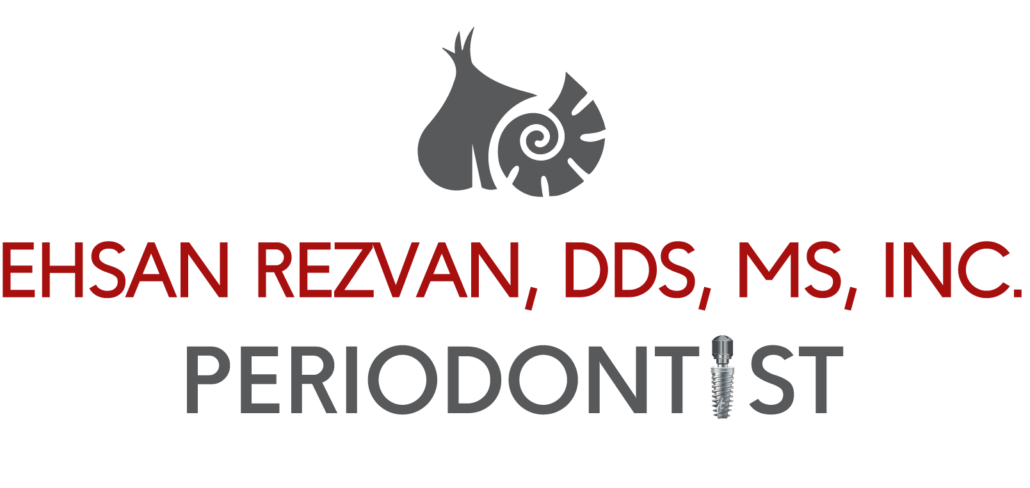If you’ve ever been told that your teeth are beautifully brushed—but you need to floss more—you are not alone. Lots of patients brush their teeth at least twice a day just like they’re told, but sometimes skip the floss.
Whether it’s because it takes too long, it’s tricky, or hurts too much (which you should let us know about right away), flossing sometimes gets overlooked. But it shouldn’t. Neglecting to take full care of your smile and gums is a first step in experiencing bacteria buildup, which can cause cavities, tooth loss, gum disease, and even worse.
These harmful bacteria often build up around food particles that get left behind, even after brushing. A toothbrush’s failure to clean out food particles, plaque, and bacteria from between teeth is where interdental cleaning comes in.
Interdental cleaning is another name for cleaning between the teeth, which is what dental floss and Waterpik water flossers were made for. Both accomplish the same results, but one method may be a better choice for you or your loved ones.
Speaking of loved ones, if you’re looking for a last-minute stocking stuffer, something to put under the tree, or a gift for any occasion, consider helping your loved ones stock up on floss, flossers, or a Waterpik. To help you decide what’s best, let’s look at the pros and cons.
Flossing
Pros
Dental floss has stood the test of time: in 1819, Dr. Levi Spear Parmly recommended it in his book, A Practical Guide to the Management of the Teeth. In 1874, dental floss was officially patented by Asahel M. Shurtleff, who created the plastic holder and small cutter like the floss dispensers we have today.
In addition to its longevity, floss is easy to control—especially if you use the pre-cut flossers in plastic holders. Floss and flossers do a great job of removing bacteria, plaque, and food particles from between teeth, just as it was intended.
Because your hands are the guide, you can take as much time as you need to treat each surface of each tooth individually.
Cons
While being able to control the floss with your hands is helpful, some areas of your teeth can still be unreachable. Either because your teeth are very close together, it’s hard to fit your hands in your mouth, or it’s hard to maneuver the plastic flosser.
Flossing can also be painful. It causes some gums to bleed because of the force used to push it between your teeth, or because you don’t do it frequently enough and your gums are sensitive.
Get Flossing
If you’re wondering whether you should floss before or after you brush, wonder no more. You can do either. Some patients like to floss before, so their toothbrush will wash the loosened particles away, and some prefer to floss after, to clean up anything their toothbrush missed.
Waterpiks
Pros
Waterpiks have also been around for decades. The first oral irrigator was created in 1962 by a Colorado dentist with help from a patient, who happened to be a hydraulic engineer.
Water flossers are just that—water. So, they aren’t threatening when used correctly. The flosser creates a pressurized stream of water to clean away particles, bacteria, and plaque between teeth and under the gumline, just like traditional floss.
Because water is permeable, it can go some places where floss can’t. Waterpiks may be the best option for people who wear braces, or have bridges, crowns, or dental implants. They can also provide relief for people who may have trouble using their hands, because the pressure is created electronically.
Cons
The fact that the power comes from something permeable (water) can also be a disadvantage. Water may not have the power to forcefully remove all of the lingering plaque between teeth and along the gumline.
The water is forceful enough to stream out of your mouth, so it’s important to keep it contained to avoid making a mess on the bathroom counter, the mirror, or your clothes. Waterpiks can also be costly compared to the relative inexpensiveness of traditional dental floss.
Start Streaming
When you’re starting out place the Waterpik in your mouth before you turn it on to avoid accidental spraying. Once it’s on, guide the tip slowly and gently along the gumline. We recommend starting with the back teeth and working toward the front, and continue until the inside and outside of both the upper and lower teeth are clean.
Pik Your Tool
When it comes time to decide between floss or a Waterpik, choose the one that you’re most comfortable with. If you’re comfortable, you’re more likely to add it to your routine without fail.
If you love the control of flossing, stick with it. If you like the deep-clean feeling of refreshment from a Waterpik, that’s the way to go. Research has shown that they do an equally good job at removing plaque when used properly, and that’s what’s most important.
If you have any concerns or questions, we’ll be happy to answer them for you.
